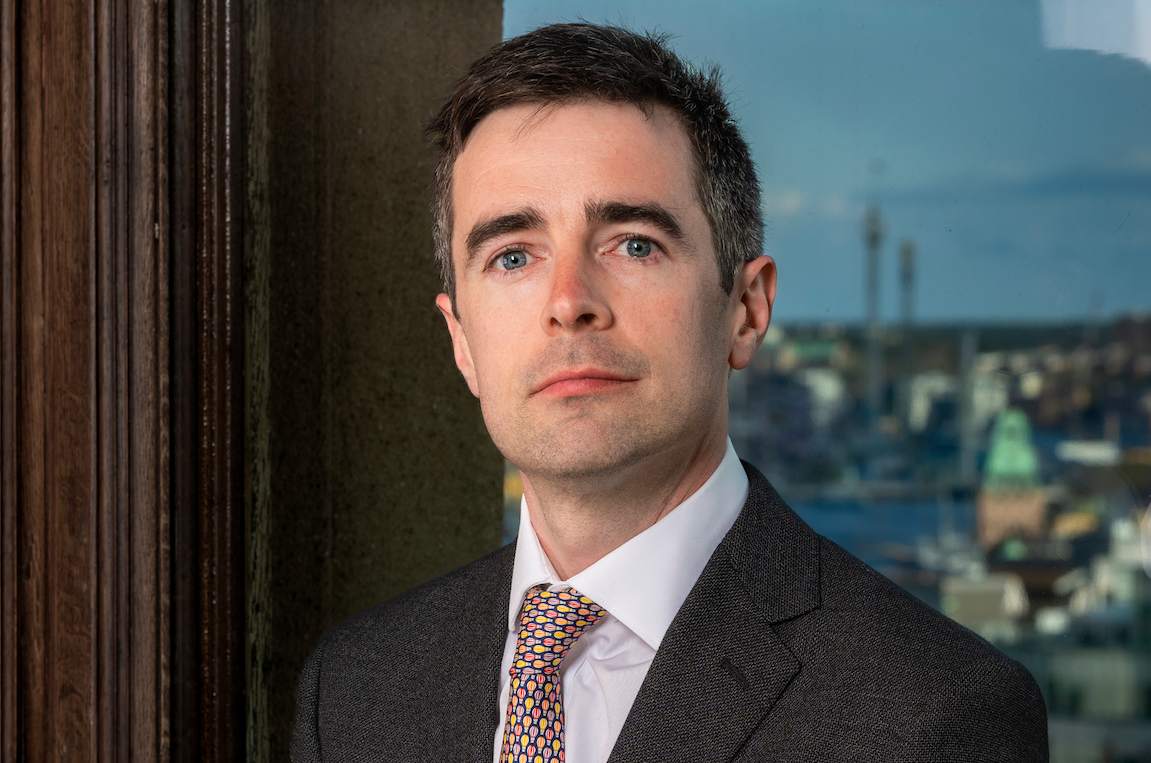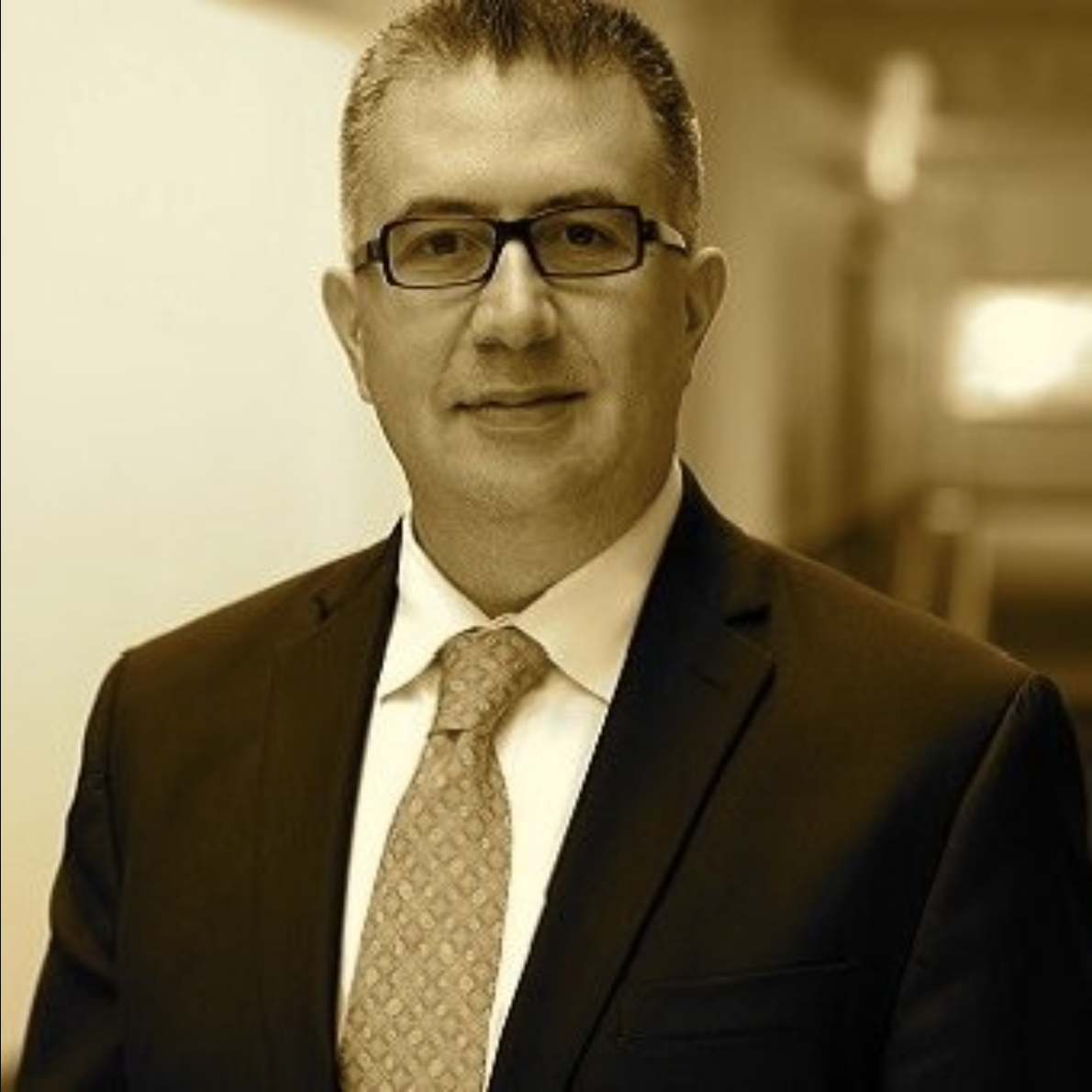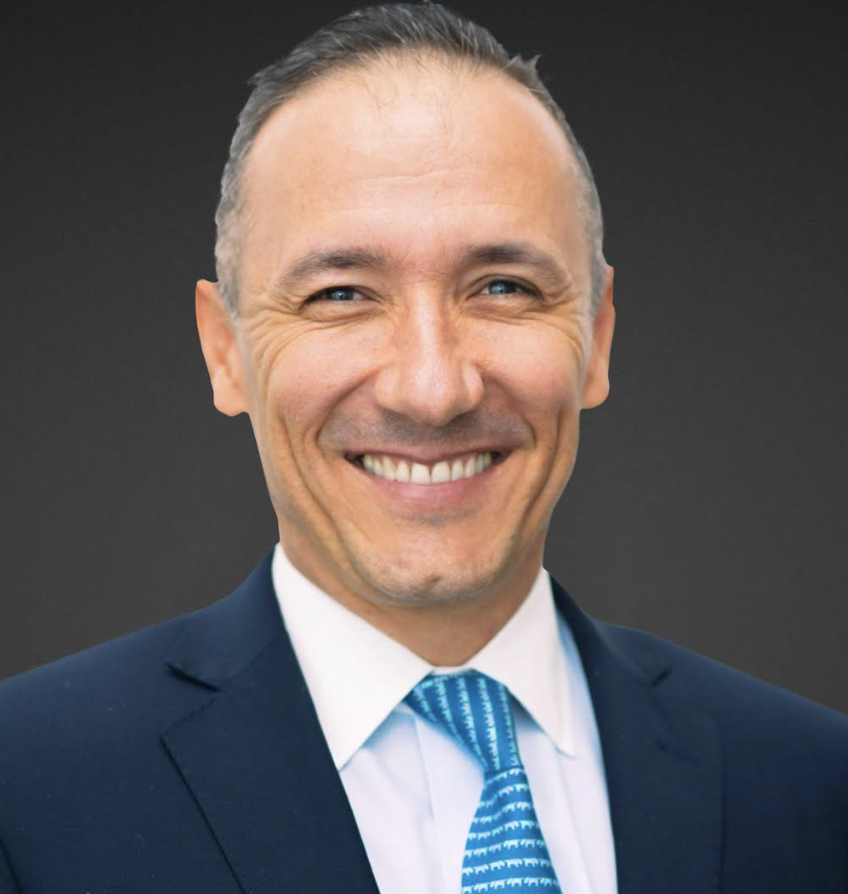David Nicholls: “Historically we have generated significant alpha by investing in the energy transition in China”
| By Beatriz Zúñiga | 0 Comentarios

According to David Nicholls, portfolio manager of East Capital’s Global Emerging Markets Sustainable fund, emerging markets are, in many ways, the most obvious destination for sustainable investment: investing in line with the UN Sustainable Development Goals. Given his experience, in this interview we wanted to discuss with him the complex issue of investing sustainably in these markets.
In this context, is there a difference when talking about emerging markets in Asia, Europe and Latin America?
While the investment backdrop for these regions is indeed very different, the sustainability integration process remains constant – finding good quality companies that are managing well their material sustainability impacts across their value chains. Generally, we find that Latin America and Europe are a bit more sophisticated in their disclosure, but we always look beyond the glossy sustainability reports and more at how companies are actually run, because what really matters is what companies are doing, not what policies they have or how they report.
How does the fund manager deal with this issue in the investment process of its funds and in particular of this fund?
We believe that by far the most useful way of assessing a company’s sustainability profile is to be on-the-ground, meet management in their offices and ask the tough questions. Often a one-hour meeting will tell us more than reading pages and pages of sustainability disclosure ever would. We also try never to give companies the benefit of the doubt, if we have concerns, we engage with management and encourage them to address these issues.
We do our own assessment, we do not buy external ESG data and scores, and we apply a forward-looking lens when analysing the practices and standards. We also look at the ownership of companies, we believe that KYO “Know Your Owner” is an important part of our work, especially when we invest in entrepreneurs-led companies.
Do you think this myth that “it is difficult to invest sustainably” is slowing down European investors’ interest in emerging markets?
It is more likely that the exceptionally poor performance of China in recent years (especially compared to the US) has turned investors away from emerging markets rather than concerns about sustainable investing.
Having said this, we have received feedback from various investors that the huge wave of downgrades of peer funds from Article 9 (the highest level of sustainability) to Article 8 or even Article 6 has led to questions about the validity of the concept of “sustainable investing”. However, we believe that investors such as ourselves who remain at Article 9 have robust processes and detailed disclosure that clearly documents this.
In Europe we read that the energy transition is a great investment opportunity under ESG criteria, is the same true for emerging markets?
This is a great question because historically we have generated significant alpha by investing in the energy transition in China, a market which controls over 90% of the entire solar value chain. Unfortunately, we are now seeing quite alarming overcapacity in the Chinese solar sector, as well as in batteries and even electric vehicles, which has driven down margins and prices. This is great to support the demand, with solar panel prices down 50% from their peaks in Q3 2022, but less good for investors. As a result, we currently have little direct exposure to the energy transition, although we do see some value in some very niche areas with large moats, such as smart meter manufacturers.
Where do you see the main investment opportunities for 2024 within emerging markets? What geographies, types of companies or sectors do you prefer?
Our approach is to remain broadly country neutral in our allocation, so that we can focus on stock picking within countries, our active share has always been very high. Having said this, the most exciting opportunities in the emerging markets universe, are to be found in countries like India and Indonesia, which offer strong structural growth for many years to come.
Of course, the “elephant in the room” is China. Its weight in the benchmark (MSCI EM Index) has fallen from 44% to 26% over the past four years due to underperformance, but China remains the largest country. We believe much of the bad news is priced in, given the extremely low valuations. Here we have a balanced portfolio of high-quality exporters whose revenue streams are uncorrelated to the domestic economy (for instance Africa’s largest mobile phone seller), as well as bottom fishing in some bombed-out stocks; for example, we bought a fintech company trading at 1.5x PE with a 15% dividend yield at the beginning of the year.
What type of strategies do you recommend for investing in emerging markets and why?
A core part of our investment philosophy is that emerging markets remain highly imperfect and are thus fertile grounds for active on-the-ground investors like us. For example, five of our eight core team members are based in Asia and this support that we aren’t afraid to deviate from the usual emerging market names. We believe sustainability is an important lens, even if just to give a “quality bias” to the portfolio, though the ability to remain dynamic and react to the constant change takes precedence.
Given the current macro context, what can this type of strategy bring to investors’ portfolios?
The perception amongst investors we have spoken with recently is that this type of strategy offers a huge option value if China starts to rerate, something we saw in November 2022 when China returned 60% in three months. We would, however, argue that it is a bit more nuanced than this, and that the strategy offers exposure to high quality, exciting companies in fast growing economies, while maintaining the potential upside to benefit if China does rerate.












